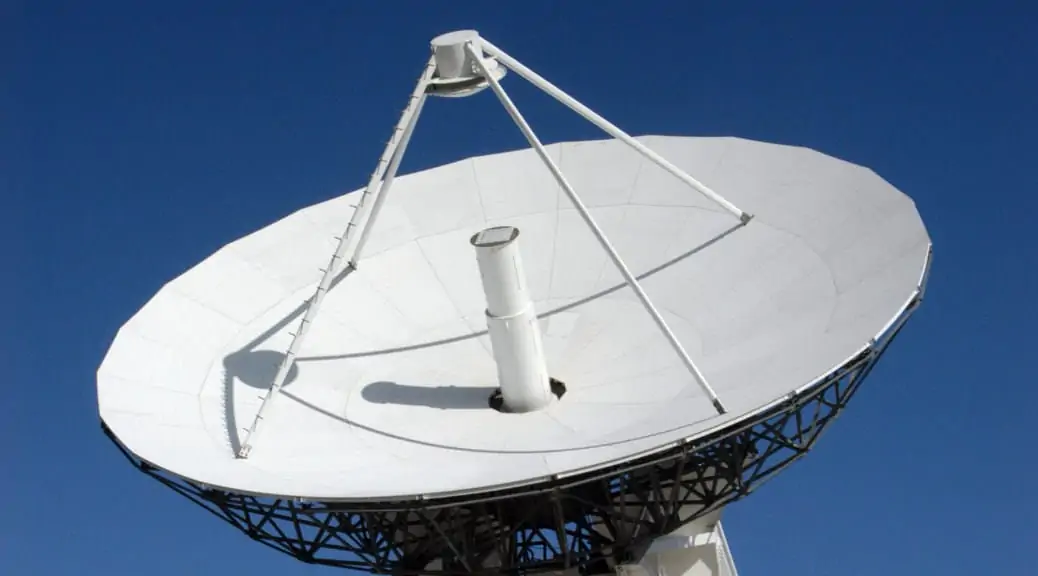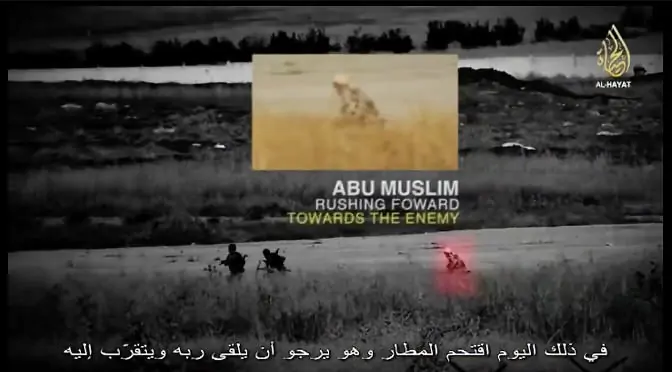After having discussed the formation of a unity government, with this article we shall continue detailing the scenarios assessing the potential for a peaceful solution for Libya’s future within the next three to five years, suggest indicators to monitor their happenstance and progressively evaluate their likelihood. Our focus here will be on the scenario where an international peacebuilding mission is necessary to see the Libyan government and state progress towards stabilisation. The first possibility for the evolution of sub-scenario 1.1.1 was presented here (scenario 1.1.1.1 “The unity government functions” – i.e. without international assistance, and then articulated around the ability or not to face the Salafi threats). The organisation of the whole series of scenarios for the future of Libya can be found …
Search results for: Egypt
Climate Nightmare in the Middle East
The summer of 2015 has been a terrible climate moment and an energy game changer in the Middle East. From the end of July to the middle of August, a terrible heat wave has swept the whole region, from Iran and the Persian Gulf to Egypt, causing hundreds of deaths and a heavy pressure on the health of people, the infrastructures and social cohesion (Kyle Jaeger, “”Heat Dome” in the Middle East is ravaging region’s residents”, ATTN, August 4th, 2015). At the end of this sequence, at the beginning of September, the Italian oil giant corporation ENI announced having found a mammoth off shore deposit of natural gas in the Egyptian economic exclusive zone (Jeff Reed, “ Elephant discovery made …
Continue reading “Climate Nightmare in the Middle East”
Understanding the Islamic State’s System – Money, Wealth and Taxes
As we evaluate the Islamic State’s ability to create a real and sustainable polity, we examined previously the overall structure of the Khilafah with its wilayat system (“Structure and Wilayat“), the top ruling authorities and related legitimacy (“The Calif and Legitimacy“), and the monopoly of the legitimate means of violence, i.e. military, security and police (“Means of Violence“). Continuing using Weber’s classical principles of what a state is (1919), we shall now turn to the capacity of the Khilafah to extract resources. Indeed, as the recurrent problem of public budget deficits and currently of the Greek crisis, permanently reminds us, no state may survive long without an ability to get resources or income that are necessary to carry out its mission, notably in terms of security. In other …
Continue reading “Understanding the Islamic State’s System – Money, Wealth and Taxes”
Scenarios for the Future of Libya – Scenarios 1: Towards Peace? (1)
Image: Libyan dialogue participants in Skhirat, Morocco, posted on UNSMIL Facebook page, 26 June 2015rAfter having focused on understanding the actors in Libya’s civil war, and presented our basic scenarios outline (see previous post), with this article we shall begin detailing the scenarios and evaluating their likelihood, starting with assessing the potential for a peaceful solution for Libya’s future within the next three to five years.Scenarios 1: Towards Peace The Council of Representatives (COR) and General National Congress (GNC) have agreed to participate in diplomatic talks for the sake of achieving peace and ending Libya’s civil war. Click to access larger imageScenario 1.1: The Peace Negotiations, Brokered by External Forces, are Successful and a Peace Treaty is SignedAn external actor, …
Continue reading “Scenarios for the Future of Libya – Scenarios 1: Towards Peace? (1)”
China, Israel, and the New Silk Road
In April 2014, the Israeli President and historic figure Shimon Peres led a three days state visit in China, in order to bolster the growing relationship between the two countries (Shannon Tiezzi, “As China Turns Toward Middle East, China and Israel Seek Closer Ties“, The Diplomat, April 09, 2014). It is interesting to note that the discussions were mainly focused on agriculture, natural resources, environmental protection, education and healthcare. Since then, other talks have been held about defense cooperation (Mercy A. Kuo and Angelica O. Tang, “The U.S.-China-Israel Defense Dynamic: Strategic Common Ground”, The Diplomat, May 11, 2015). Beijing has even proposed its mediation in the Israel-Palestine conflict (Shannon Tiezzi, “China appoints new special envoy to the Middle east”, The Diplomat, September …
Continue reading “China, Israel, and the New Silk Road”
Scenarios for the Future of Libya within the Next Three to Five Years
Image: “Rebels Heading for Tripoli” by Surian Soosay [CC BY 2.0] via Flickr Now that we have identified and understood the actors in Libya’s civil war (see State of Play), we may outline the various scenarios regarding Libya’s future within the next three to five years. A civil war with two rival governments, armed coalitions, …
Continue reading “Scenarios for the Future of Libya within the Next Three to Five Years”
Israel, Natural Gas and Power in the Middle East
Benyamin Netanyahu, the Israeli Prime minister is known to joke about the fact that Moses led his people during forty years in the desert to the only place in the Middle East without oil (Marin Katusa, The Colder War, 2014). And, indeed, for the first sixty years of its existence, the lack of energy resources has been a major difficulty for Israel. However, a profound change seems to be underway, since two giant off-shore natural gas deposits have been discovered in the Israeli exclusive economic zone in 2011. The Tamar and the Leviathan fields hold respectively 10 and between 19 and 22 trillion cubic feet of gas of estimated reserves, which could ensure decades of domestic consumption as well as …
Continue reading “Israel, Natural Gas and Power in the Middle East”
War in Libya and Its Futures – Tribal Dynamics and Civil War (2)
Throughout their history (see “Tribal Dynamics and Civil War (1)“), Libya’s tribes have not been based exclusively on systematic tribalism, but rather on a flexible tribal ideology that is grounded in identity and shifts according to circumstances and practical opportunities. This shifting tribal ideology makes the non-Arab tribes different from the majority of the actors in Northern Libya, who are more or less bound by religious or political ideology – and thus ally with similar groups. Furthermore, tribalism naturally produces “nepotism and favoritism” amongst tribal groups and families (Varvelli, ISPI, May 2013), but Libya’s minority tribes have also shown that they can unite to protest shared grievances, as we shall see below. The Amazigh (Berber), Toubou, and Tuareg tribes have been …
Continue reading “War in Libya and Its Futures – Tribal Dynamics and Civil War (2)”
The Red (Team) Analysis Weekly 196 – Yemen, towards the End of the U.N.?
Each week our scan collects weak – and less weak – signals… Read the 26 March scan → World – As the world wonders about the motivation that could prompt the copilot of Germanwings to crash a plane, and while the hypothesis of a terrorist intention is most probably on everyone’s mind, a very large number of crowdsourced articles this week …
Continue reading “The Red (Team) Analysis Weekly 196 – Yemen, towards the End of the U.N.?”
The Islamic State Psyops – Attracting Foreign Fighters (1)
After having pointed out the main risks entailed by the existence of foreign fighters within the ranks of the Islamic State and by their rising numbers (see The Islamic State Psyops – The Foreign Fighters’ Threat), we shall now turn to the reasons that push individuals to join the Islamic State. Within the framework of existing findings resulting from current research, notably by the International Center for the Study of Radicalisation and Political Violence (ICSR) and by the Sufan Group, we shall analyse the Islamic State psyops products and underline the specific points utilised in the recruitment effort. Indeed, the increase in foreign fighters mobilization as underlined previously would tend to imply that the Islamic State is relatively successful in recruiting, thus that it knows well enough …
Continue reading “The Islamic State Psyops – Attracting Foreign Fighters (1)”











